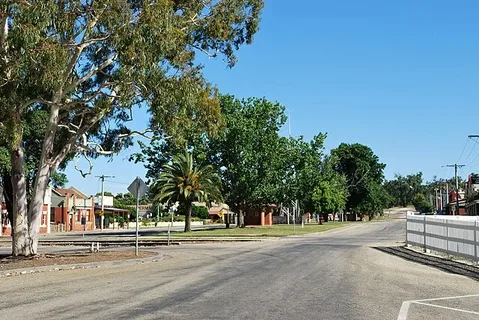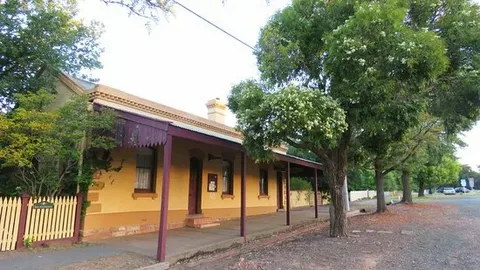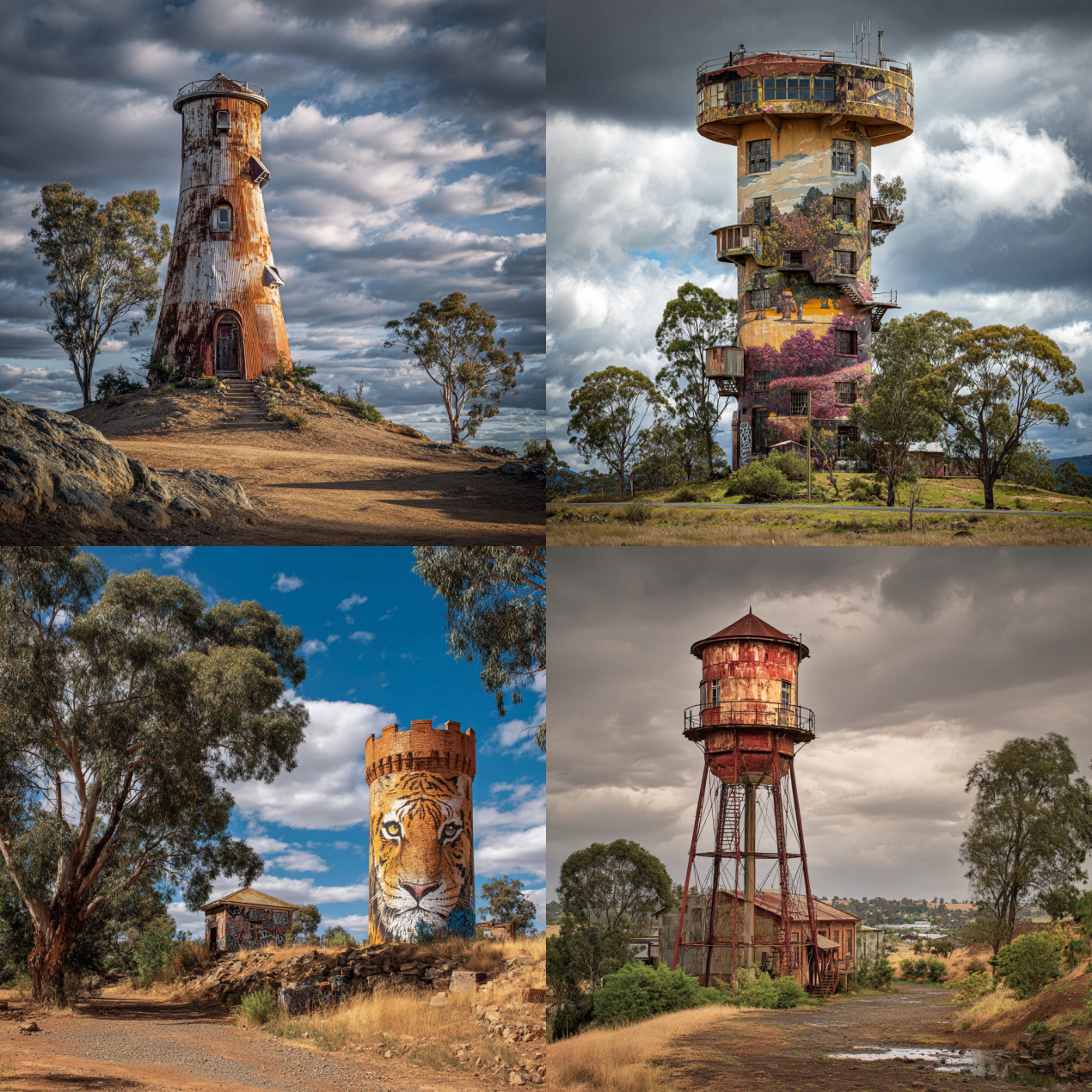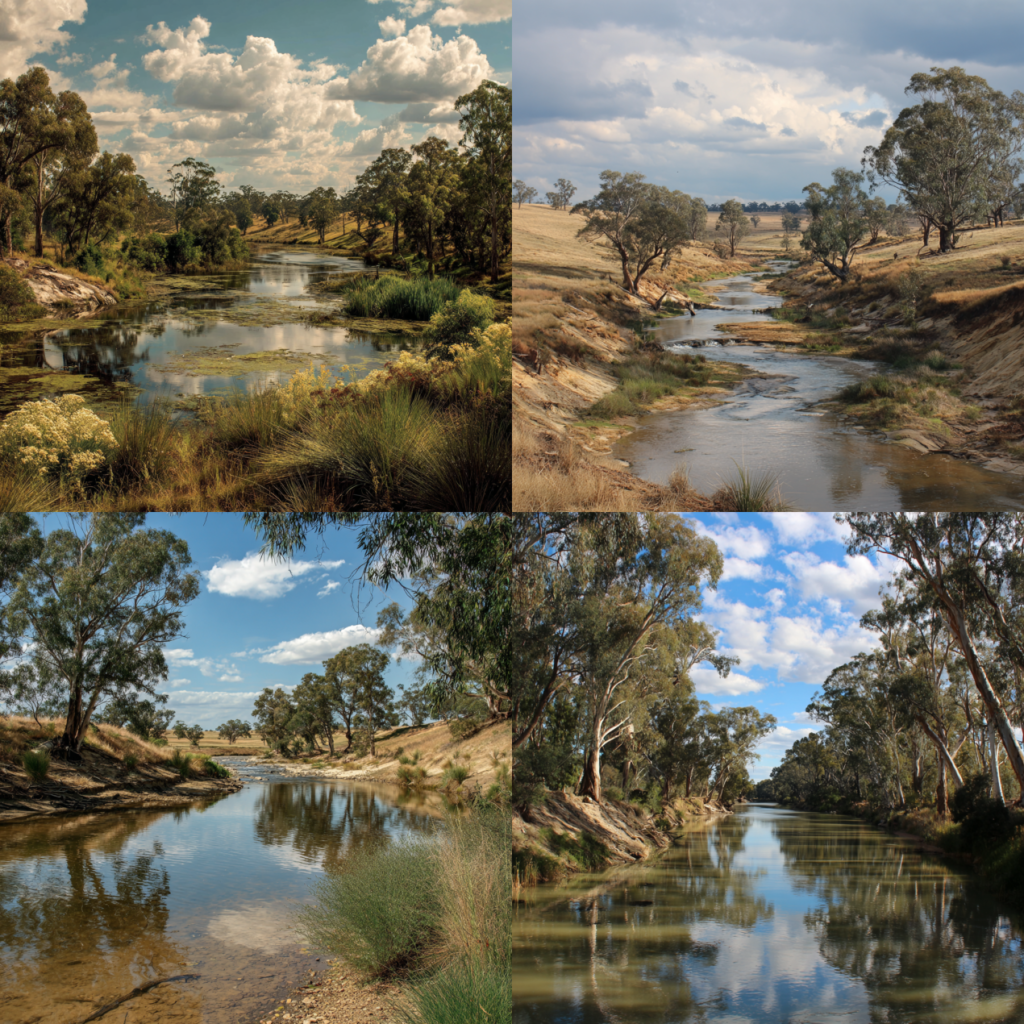Geographical Position:
- Northern Victoria is home to Rushworth, which is 166 kilometres north of Melbourne via Murchison.
- It is located close to the Waranga Basin holding tank at a height of 145 metres above sea level.
- The surrounding region is hilly and primarily covered in Rushworth ironbark forest, which makes it unappealing for agriculture.
History of the Gold Rush:
- With the help by nearby Aboriginal people, miners discovered gold in the vicinity of Rushworth in August 1853.
- Rushworth, which was first called ‘Nuggetty’ after the gold nuggets discovered, drew miners and quickly grew.
- At its height, there were 26 active mines in the goldfield, and the population had grown to 40,000.
- One of the gold commissioners, the poet Richard “Orion” Horne, gave the town its name.
The Township’s Development:
- Significant infrastructure was built in the 1860s after the village was surveyed in 1854.
- A courthouse, schools, hotels, and a bank were among the notable establishments.
- In 1868, The Waranga Echo, the town’s first paper towels, was published.
- Timber cutting emerged as a significant regional business in the 1870s as mining declined.

Important Historical Sites in Rushworth’s High Street Heritage Walk:
- The National Trust appointed High Street as an Urban Conservation Area in 1983.
- Many of Rushworth’s historic structures, including the Imperial Hotel (1854), Criterion Hotel (1856), and Waranga Shire Hall (1869), are located along the street.
- This famous walk includes the Fire Tower (1900) and the band rotunda (1888).

The Rushworth Museum
- Open Tuesdays, the museum has local history exhibits and is housed in the former Mechanics Institute, which was constructed in 1913.
Landmarks along Moora Road:
- Along this road are many important historical landmarks, including the post office (1885), Presbyterian Church (1858), and Masonic Hall (1894).

Tower of Growlers Hill Lookout:
- Provides sweeping views of the Goulburn Valley, Waranga Reservoir, and the town.
- Rushworth State Forest’s Natural Features and Outdoor Attractions:
- South of town, this 24,300-hectare reserve is perfect for wildlife observation, bushwalking, and exploring the remains of gold mining.
- Home to more than 100 different species of birds, kangaroos, wallabies, and echidnas.
Historic Reserve at Whroo:
- Once a gold mining town, it is now a historical site with an Aboriginal waterhole, the Whroo Cemetery, and mine remnants.
- Visitors can explore this historic site with walking trails and camping areas.

Basin of Waranga:
- A well-liked location for water sports like swimming, waterskiing, fishing, and boating.
- There are picnic areas, a campground, and a caravan park nearby.
Contemporary Rushworth and Local Life Contemporary Facilities:
- Rushworth is home to schools, a hospital, a home for the elderly, and parks, a golf course, and an outdoor pool.
- In 2014, the P-12 school had 173 pupils.
- With an emphasis on irrigation-based farming, the town serves as an economic hub for the nearby agricultural regions.
Cultural and Social Importance:
- With neighbourhood organisations and celebrations of the town’s history, the community is still strong.
- Developed through community consultations, the Rushworth Place Based Plan seeks to preserve heritage while advocating local development.
Local Economic Change:
- The town’s economy began to be fueled by the gold rush, but it eventually switched to farming and timber production.
- Today, Rushworth’s economy is based on tourist attractions, forestry, and cultivation, with a growing focus on civic engagement and heritage preservation.
Rushworth’s Community Engagement Place-Based Plan
- Rushworth’s Place-Based Plan is centred on enhancing the town through community engagement and listening.
- The plan was created with input from more than 500 residents and approved in July 2024.
Vision
- Rushworth’s vision is to welcome new growth and potential for everyone while celebrating the community, heritage, and landscapes.
Next Actions
- In order to carry out this plan and make sure Rushworth stays a town that embraces the future while valuing its history, the council will keep interacting with the community.
Historical Population Data on Rushworth’s Population and Growth Over Time
The population of Rushworth has fluctuated over time, but it increased significantly during the gold rush.
Among the noteworthy census data are
- 1861: 185
- 1871: 399
- 1881: 653.
- 1901: 817
- 1,483 in 1933
- 1,040 in 2006
- 2011: 981
Growth in Population:
- Over the years, the town’s population has remained stable, with a slight decrease in recent decades. Nonetheless, it has maintained neighbourhood stability by volunteering as a regional centre for agriculture.
The Historical and Cultural Heritage of Rushworth
The Legacy of Gold Mining:
- Rushworth’s rich history of gold mining continues to shape the town’s character.
- With historical landmarks, museums, and events that highlight this era, the town continues to remember its gold rush past.
Agriculture and Timber Production:
- Following the conclusion of the gold rush, Rushworth dedicated himself to cutting timber and resulting in bricks, running multiple sawmills until the middle of the 20th century.
- Today, the foundation of the local economy is agriculture, including farming that is based on irrigation.
Rushworth is a historic town with a promising future
Northern Victoria’s Rushworth is a fascinating town with a rich history of gold mining, historic structures, and scenic surroundings. Rushworth has undergone constant change while maintaining its history, from its start as a gold rush town to its current role as an area hub for agriculture. The Place-Based Plan guarantees that the town’s community will continue to be involved in creating a future that honours its history as it progresses.





